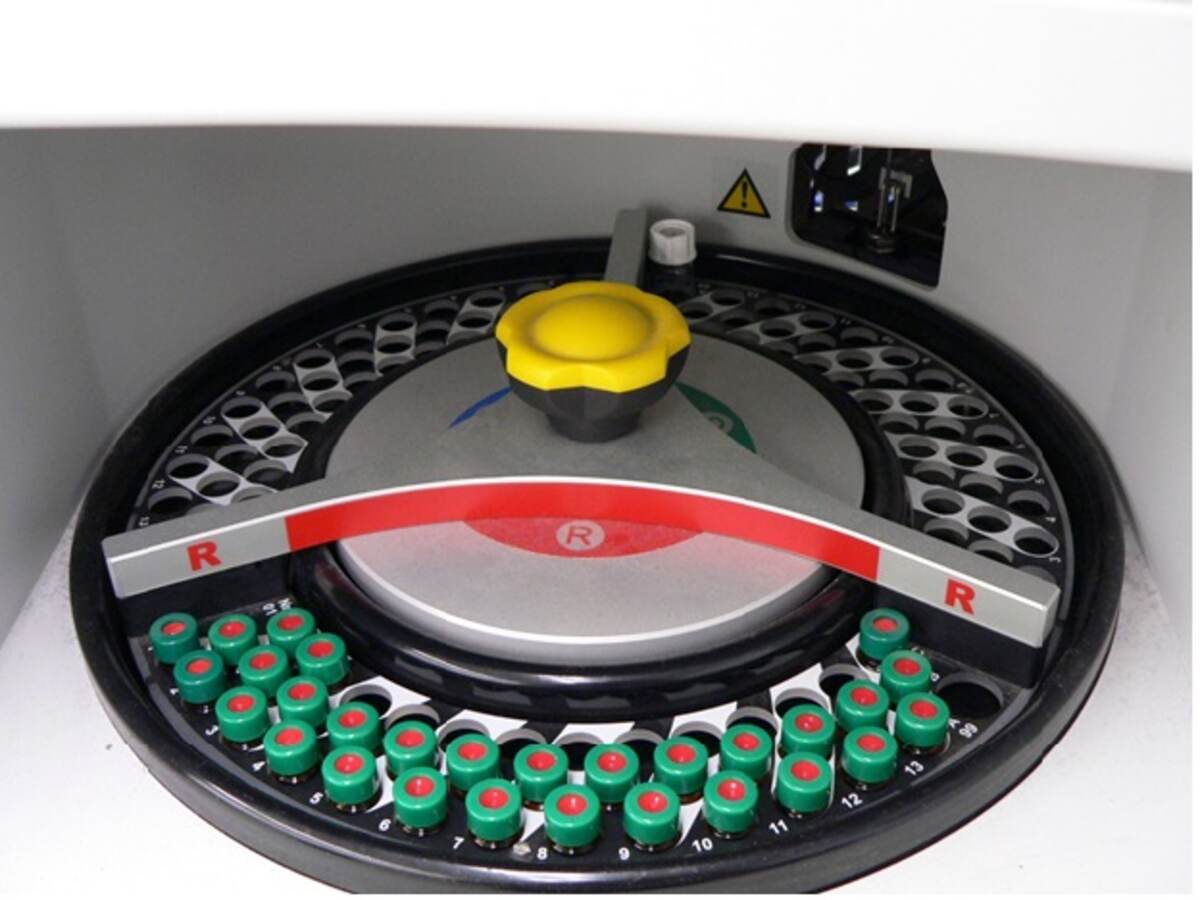April 4, 2017
When was the last time you thought about the plastic in your coffee maker? Your television? Your car? Well, the chemists, engineers and technicians at UL do, and do so every day in its laboratory situated in Melville, Long Island, New York (USA).
Plastics, and the larger world of performance materials, play a vital role in the design, development and manufacture of products that we use every day. Demands today are higher than ever as concerns over safety, performance and impact on the environment continue to push the limits of material viability. UL is constantly evaluating materials for the performance characteristics that are driven by end-product requirements, and have been doing it on Long Island for over four decades.
At UL’s Melville, NY laboratory, insulating materials are aged, burned, dissolved, fingerprinted, frozen, impacted, melted, stretched and x-rayed. “The Melville Performance Materials Laboratory serves as our Center of Excellence for plastics testing in North America. The data generated and analyzed by our technical experts is utilized to establish UL Yellow Cards™ and provides critical data points for end-product safety considerations,” states Nicholas DeTomaso, Laboratory Manager for Performance Materials.
UL’s testing of plastics started in the 1940s by examining the combustibility of synthetic polymers. The Melville laboratory opened in 1963 for the testing and certification of consumer, commercial and industrial products. Plastics testing was added to the list to the laboratory’s portfolio in the early 1970s in response to a growing need for independent, third-party evaluations of materials for flammability, electrical, mechanical and thermal property characteristics.
The backbone of the laboratory are its highly skilled technical staff. There are more than 50 full-time personnel that work with customers in the evaluation of their materials. When compliance to applicable UL Standards is met through short and long-term testing, certification is granted under UL’s Recognized Component plastics program. End-product manufacturers rely on this certification program (known by its familiar “Yellow Cards”, which contain all a material’s certified parameters), in order to meet various compliance criteria.
The laboratory consists of many different types of test equipment, each for evaluating a particular material property. To name a few, there are:
- Flame hoods for evaluating flammability characteristics
- 200+ ovens running at different temperatures to evaluate thermal stability
- “CTI” and “IPT” testers for evaluating electrical (e.g. arc, tracking) characteristics
- HWI testers for evaluating ignition temperatures
- HDT tester for evaluating rigidity at elevated temperatures
- Universal and Impact testers for assessing material strength (e.g. tensile)
- MCC instruments for evaluating combustion characteristics
- IR , TGA and DSC instruments for analyzing material composition
- ICP and X-Ray Fluorescence Spectrometers for analyzing elemental (e.g. mercury and lead) content
- CIC instrument for determining the presence of halogens
- GC-MS for identification of organic additives
- Cryo-mill for pulverized preparations
George Fechtmann, PE and UL Corporate Fellow, has over 40 years of experience in the UL world of plastics. With a rich history that extends back to when flammability criteria became a necessity for materials used in the manufacture of televisions, George’s entire plastics career has been at the Melville laboratory.
“It’s remarkable that UL’s Plastics Recognition Program was originally intended to assist manufacturers of electrical appliances and equipment select plastic materials for their end products, and now the testing and the resulting test data that is published in the iQ Database is used globally by a variety of industries, including automotive and aerospace. That data opens the door for plastic manufacturers that want to sell their products in all these markets,” states George.
Scott MacLeod, Principal Chemist and UL Corporate Fellow, began his UL career in 1985 when the plastics certification or “recognition” program began incorporating chemical characterization or “fingerprinting techniques.”
“When we started utilizing chemical characterization techniques for materials in the 1980s, our goal was to identify and confirm the general composition (e.g. polystyrene) and associate that “fingerprint” to the electrical / flammability properties of each specific material. The growth of innovative plastics formulations and applications drove an evolution our fingerprinting techniques to provide more detailed analysis. For example, the increasing trend of substance restrictions (e.g. lead, cadmium, specific halogenated flame retardant additives, etc.) including the EU’s Restriction of Hazardous Substances (ROHS) directive has created both certification challenges and needs. So now, our plastics recognitions include RoHS (EU Directive on the Restriction of Hazardous Substances) Compliance and Non-Halogenated ratings options,” states Scott.
As new materials are introduced to the market, from bio-based to 3D-printable, no other testing and certification organization is prepared to meet the challenges that face the industry.

